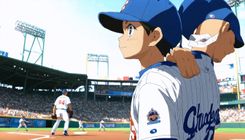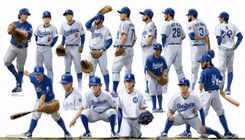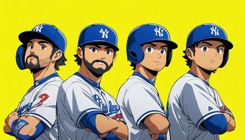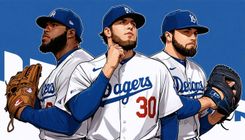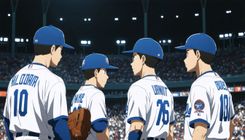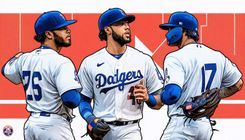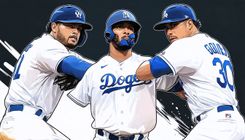Trade Deadline Recap: Winners and Losers in Major League Baseball
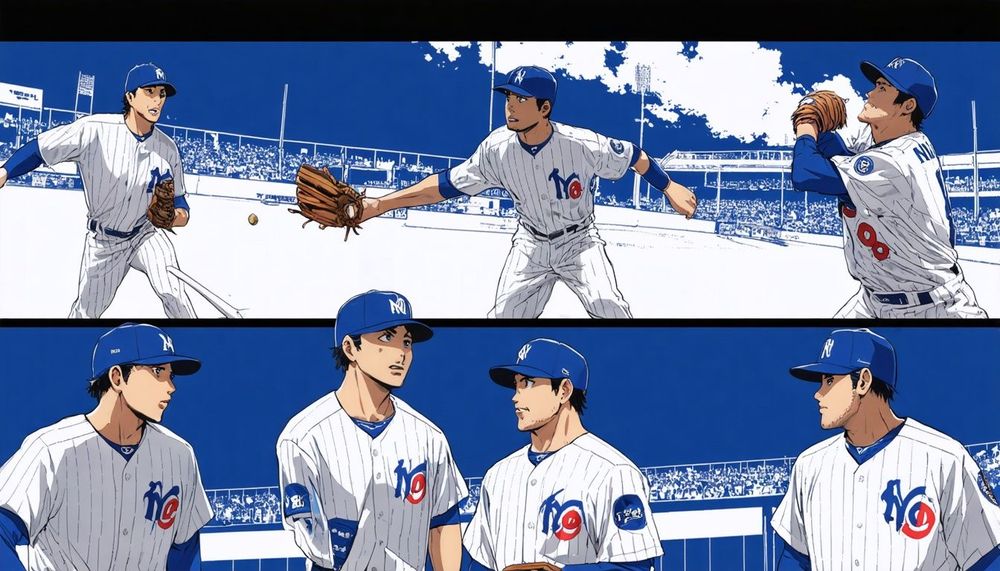
As the Major League Baseball trade deadline approached, the anticipation of significant roster changes filled the air. With less than 36 hours remaining until the Thursday evening deadline, the initial projections suggested a fairly uneventful trade period. However, in a surprising turn of events, numerous impactful trades occurred, headlined by players such as Carlos Correa, Mason Miller, and Eugenio Suárez, altering the competitive landscape for several teams.
Among the most notable transactions was the acquisition of right-handed pitcher Mason Miller by the San Diego Padres from the Oakland Athletics. Miller, known for his impressive four-seam fastball that regularly exceeds 103 MPH, combined with a devastating slider, has shown extraordinary potential in his young career. In his brief time in the Majors, opponents have managed only a .126 batting average against him, striking out 94 times, illustrating his exceptional skill on the mound. The Athletics received a considerable return in trade, including highly-regarded shortstop Leo De Vries, who, despite being only 18 years old and currently playing in High-A baseball, is ranked as a top prospect in MLB. The deal appeared beneficial for both teams; the Padres secured a valuable pitcher to bolster their rotation, while the Athletics acquired a future franchise player in De Vries.
The Minnesota Twins faced a different reality as they navigated their recent struggles following an injury to star pitcher Pablo López. Once in contention with a respectable record, the Twins fell dramatically short, trading off numerous marquee players across the roster. The franchise moved stars such as Carlos Correa and Jhoan Durán, a move that raised eyebrows among fans who expected to retain their team’s core. With a slew of players taking their leave, including both impending free agents and those with remaining team control, the Twins appear to be entering a significant rebuilding phase.
In New York, the Mets aimed to address their struggling bullpen as the trade deadline approached. Despite Edwin Díaz's dominance in the relief role, the rest of the Mets' bullpen has faced challenges. New York went on to acquire multiple rental relievers in a bid to strengthen their chances in the postseason. The additions of Ryan Helsley, Tyler Rogers, and Gregory Soto mark a significant investment of future prospects aimed at pushing the team into contention, despite critiques from analysts regarding their strategy.
On the other hand, the St. Louis Cardinals held onto many of their aging players, failing to pounce on potential trade opportunities as the deadline came and went. The franchise’s reluctance to move names like Nolan Arenado and Sonny Gray meant that their options were limited, resulting in minimal gains in trades. Their inability to fully commit to selling could leave the franchise in a precarious position as they seek clarity for their future.
The Minnesota Twins' decision-making drew further scrutiny as they navigated the trade market, particularly the concerning valuation of their assets. Jhoan Durán's move to the Philadelphia Phillies for relatively modest returns, along with Harrison Bader's acquisition, showcased an interesting shift in the landscape. The Phillies, in particular, effectively bolstered their roster while retaining top prospects, an intriguing development that may influence the league moving forward.
Meanwhile, the landscape of the AL West demonstrated fierce competition, with the Seattle Mariners and Texas Rangers making bold moves to enhance their championship aspirations. The Mariners successfully reacquired Eugenio Suárez, a move seen as pivotal for their lineup's potency. In contrast, the Rangers made crucial acquisitions that could bolster their rotation moving forward, primarily to keep up with the rapidly improving Mariners.
The Los Angeles Dodgers made minimal changes as they prepared for the season's home stretch. Despite being in a favorable position, their lack of aggressive trades allowed other teams in the NL West to gain ground. The competitive balance in the division has intensified with the Padres' assertive moves to reinforce their roster.
As teams like the Miami Marlins opted to stand pat, avoiding impulsive trades for the sake of movement, the deadlines were marked by strategy and calculated risks. The Brewers, despite expectations to enhance their already strong roster, made only minor additions, leaving some analysts puzzled about their approach to the season. Ultimately, the trade deadline highlighted both the strategic advantages of foresight and the risks associated with hasty decision-making as teams position themselves for the future.

